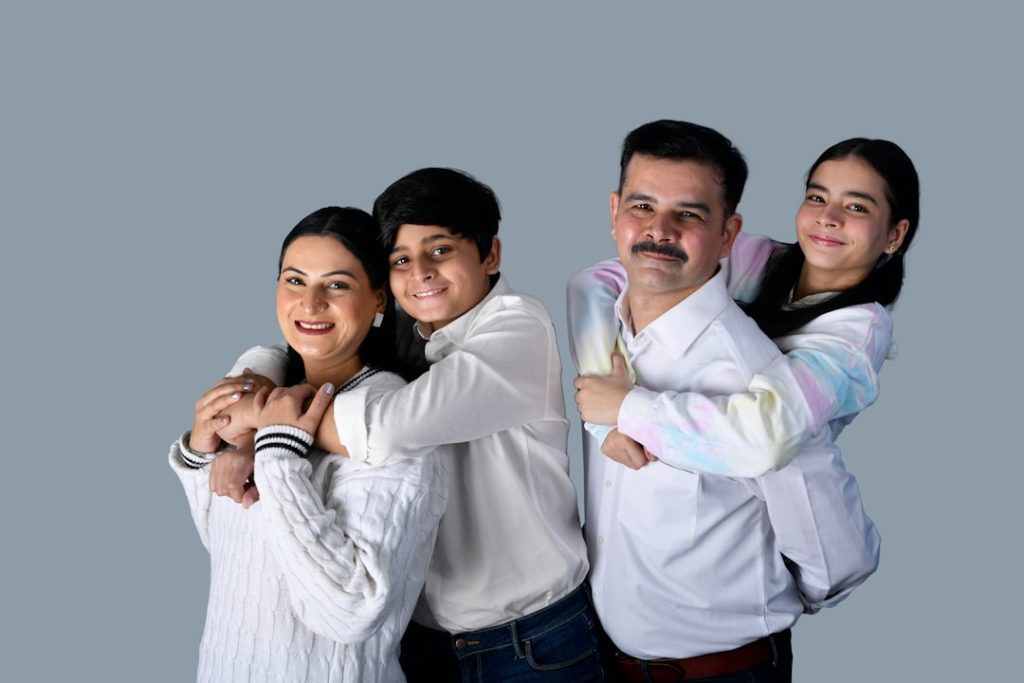Managing Holiday Stress: Tips for Autism Families in the Tri-State Area
Managing the Holiday Season: A Handbook for Families with Autism The holiday season is frequently depicted as a time of happiness, festivity, and community. However, this time of year can present special difficulties for families with children on the autism spectrum that may not be immediately noticeable to those outside the autism community. The first step in making everyone’s holiday experience more pleasurable and less stressful is to recognize these difficulties. Key Takeaways Holiday stress uniquely impacts families with autism, requiring tailored understanding and support. Creating sensory-friendly environments and using visual schedules can ease holiday challenges. Planning ahead and communicating expectations with family and friends helps reduce anxiety. Utilizing community resources, inclusive events, and respite care supports both children and parents. Focusing on gratitude, connection, and realistic expectations enhances the holiday experience for autism families. Families with children on the autism spectrum face many difficulties during the holidays because of sensory processing problems. Bright lights, loud music, and crowded surroundings can cause these kids to become anxious and react in certain ways. Holiday disruptions to established routines can cause significant stress for both children & their caregivers, as people with autism generally perform best in predictable, structured environments. Social obligations during the holidays also add another level of difficulty. Many families experience social pressure to attend customary events & activities that might not meet their child’s unique needs. When a child struggles in these environments, the mismatch between social expectations and their abilities can lead to feelings of exclusion and frustration. Families must comprehend these particular difficulties in order to create suitable plans for handling the holiday season. For children with autism to feel more at ease during the holidays, a sensory-friendly setting is crucial. Start by evaluating your house and making modifications to accommodate your child’s sensory requirements. For example, instead of overpowering bright holiday lights, think about using softer lighting. Limiting the use of loud decorations or music that could cause anxiety is another thing you might want to do. Consider adding soothing elements to your holiday decor in addition to altering your home’s surroundings. This can entail substituting natural materials, such as branches or pinecones, for artificial decorations that might have potent textures or scents. It can also be helpful to designate a quiet area where your child can go when they’re feeling stressed. Comforting things like cozy blankets, noise-canceling headphones, or cherished toys should be placed in this area. Making advance plans is essential to lowering stress levels during the holiday season. Tip Description Benefit Tri-State Area Resources Plan Ahead Create a detailed holiday schedule including activities, breaks, and quiet time. Reduces anxiety by providing predictability. Autism Speaks NYC Holiday Planning Guide Use Visual Supports Employ visual schedules, social stories, and picture cards to explain events. Improves understanding and communication. Autism Society of New Jersey Visual Tools Maintain Routine Keep consistent meal times, bedtimes, and therapy sessions during holidays. Helps maintain stability and reduces meltdowns. Connecticut Autism Spectrum Resources Prepare for Sensory Overload Bring noise-canceling headphones, fidget toys, and create quiet spaces. Minimizes sensory triggers and stress. New York Sensory Friendly Holiday Events Set Realistic Expectations Adjust holiday plans to accommodate the child’s needs and energy levels. Prevents frustration and disappointment. New Jersey Family Support Centers Seek Support Connect with local autism support groups and respite care services. Provides emotional relief and community connection. Tri-State Autism Support Network Spend some time preparing your child by talking about what to expect before they attend any events or get-togethers. To help them comprehend the schedule and what will happen at each event, use visual aids or social stories. This preparation can facilitate transitions & reduce anxiety. Try to select activities that are more suitable for your child’s needs whenever you can. Seek out smaller parties or those with quiet areas where your kids can take breaks if necessary. If you’re throwing a party, think about inviting only close friends & relatives who can offer a nurturing atmosphere and are aware of your child’s needs. Resources created especially to help families with children on the autism spectrum over the holidays are available in many communities. In order to give kids a safe place to participate in holiday activities without the overwhelming sensory input that is frequently present in larger public events, local autism organizations may host family-friendly events. In order to connect with other families going through comparable difficulties, you should also think about contacting online forums or local support groups. During this hectic time, sharing tactics & experiences can help you feel less alone & offer insightful information. Keeping lines of communication open with loved ones is essential when making holiday plans. Establishing clear expectations for your child’s behavior during social events is crucial. Don’t be afraid to communicate your child’s needs and preferences; most people will respect your candor & want to help you. Make a list of accommodations that would improve your child’s enjoyment of social events. This could involve recommendations like restricting the number of people attending a gathering or making a quiet room available. You can promote understanding and create a more welcoming environment for all parties involved by proactively communicating these needs. For parents, the holiday season can be as stressful as it is for kids. Using relaxation techniques can help the whole family. Both parents and kids can effectively manage their stress levels by engaging in mindfulness exercises like yoga or deep breathing. It’s also crucial to plan regular downtime into your holiday schedule. Make time for relaxing family activities, like watching a favorite film or doing crafts. In the midst of the holiday chaos, these moments of connection can help everyone refuel. Even though customs play a significant role in the holiday season, it’s important to have reasonable expectations about what your family can achieve. Focus on a few essential activities that make your child happy without being too demanding, rather than attempting to recreate every custom from past years. Choose one or two customs that hold special significance for










